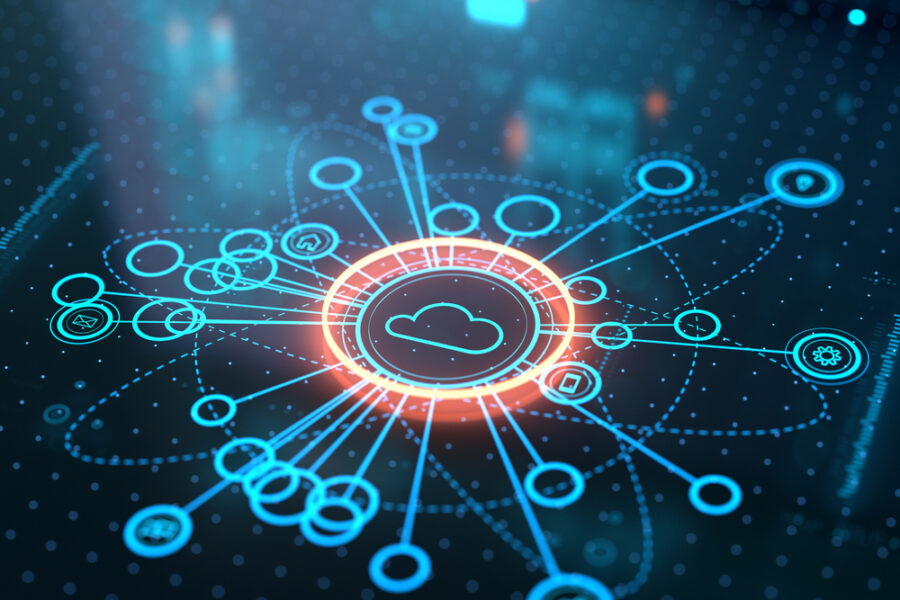Humanity has benefited greatly from its consistent, seemingly inborn desire to innovate and change. In the span of a few short centuries, the world went from using candles and fire for light and the horse and buggy (if you were lucky) as a mode of transportation to handheld supercomputers, transoceanic flight and surpluses of food and safety.
Technological innovation is almost racing ahead of our capacity to process what’s happening…and it’s happening again. Edge computing is changing the game in many industries and is poised to be a major player in future of enterprises of all sizes. So, what is edge computing and how is it going to change the future?
What is Edge Computing?
As the world increases its use of mobile and smart devices, as well as other devices or machinery that compile and collect data, the need to analyse and use that data becomes more and more urgent. The challenge is that as the number of connected devices grows, so does the amount of data.
Edge computing allows this data to be analyzed and processed on the edge of the networks where the data is created, located near or at the site of the end user. Using this type of localized data centre to process data removes the need to send large swaths of data over the internet to a cloud-based or other central location to be processed. In a recent expert interview from NTT they advised, “by delivering faster downloads, less latency and improved efficiency across networks, this combination can make our devices work together better. Additionally, it allows mobile devices to process data natively, allowing for real-time analysis and machine-learning capabilities.”
Using edge networks in this way reduces latency, enabling higher network processing speeds and creating massive reductions in network traffic because the data is being processed on-site, with only relevant data being sent to the cloud or to the central hubs. This allows for real-time analytics like never before, reduced bandwidth cost for companies and much more.
4 Reasons Edge Computing Will Change the Future
- The Best Benefit of Edge Computing: Real-Time Data Analytics
Being able to analyze data in real-time is what gives the applications that people love their personal touch. It allows businesses to provide customer experiences like never before. It also allows manufacturing plants to monitor and resolve manufacturing issues faster and more efficiently than ever. As automation becomes more prevalent and devices gather data on more and more aspects of daily life, analyzing that data will give in-depth insights that will lead to innovation.
- Edge Computing for Better Health
Healthcare is becoming more data-driven every day. Edge devices like smartwatches and medical devices provide incredibly accurate data for patients. As artificial intelligence begins to play a larger role in health decisions and health care goes digital, analyzing that data without delay will be crucial, perhaps even critical, to health outcomes for the general population. On a large scale, edge computing is the only way that this is possible.
- Climate Protection with the Help of Edge Data and Services
Cutting-edge technologies that can analyze data relating to climate issues willhelp in understanding the scope of the challenges and aid in providing solutions and insights. For example, the data that is analyzed from the energy consumption of large buildings can be used to determine patterns that could save energy on a massive scale. As data is available to be processed through an ever-increasing number of connected devices, edge computing will process that data and only transmit the necessary information to the central hubs, saving time money and energy.
- Digital Twins
Digital twins are the future of design and manufacturing. Put simply, a digital twin is a digital copy of a physical counterpart. These digital twins can be used for product design and development, giving designers and others the ability to do testing during the validation phase of a design on the digital twin. With the help of AI, customer data can be added to the digital twins and this real-world data can be used to improve aspects of these products. Edge computing makes this possible by analyzing this data, ushering in the era of agile product development.

Leave a Reply